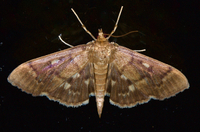
| Recorded by: Jim Petranka and Becky Elkin on 2025-07-29
Madison Co.
Comment: | 
| Recorded by: Jim Petranka and Becky Elkin on 2025-07-26
Madison Co.
Comment: |

| Recorded by: Jim Petranka on 2025-07-19
Madison Co.
Comment: | 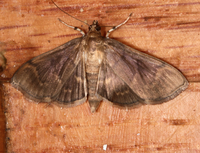
| Recorded by: Jim Petranka and Becky Elkin on 2024-08-01
Madison Co.
Comment: A reared adult from a fern ball on Dryopteris intermedia (see companion photo of fern ball from 2024-07-26). This appears to be one of the dark forms of this species. |

| Recorded by: Jim Petranka and Becky Elkin on 2024-07-26
Madison Co.
Comment: | 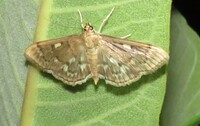
| Recorded by: B. Bockhahn on 2024-07-16
Ashe Co.
Comment: |
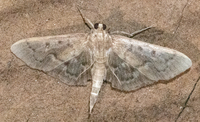
| Recorded by: Emily Stanley on 2024-07-14
Buncombe Co.
Comment: | 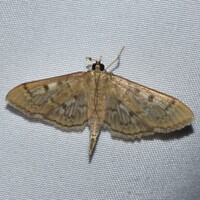
| Recorded by: Jeff Niznik on 2024-07-12
Watauga Co.
Comment: |
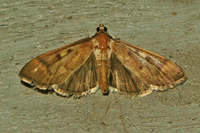
| Recorded by: Owen McConnell on 2024-06-27
Graham Co.
Comment: | 
| Recorded by: Jeff Niznik, David George on 2024-05-28
Orange Co.
Comment: An adult that emerged from a leaf roll on Wingstem (Verbesina alternifolia); see companion photos of larva and leaf roll from 2024-04-28. |
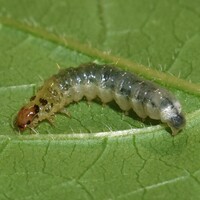
| Recorded by: Jeff Niznik, David George on 2024-04-28
Orange Co.
Comment: | 
| Recorded by: Jeff Niznik, David George on 2024-04-28
Orange Co.
Comment: |

| Recorded by: Jeff Niznik, David George on 2024-04-28
Orange Co.
Comment: A leaf roll on Wingstem (Verbesina alternifolia); see companion photo of the adult that emerged on 2024-05-28. | 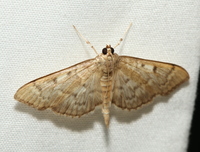
| Recorded by: David George, Stephen Dunn, Jeff Niznik on 2023-07-31
Macon Co.
Comment: |
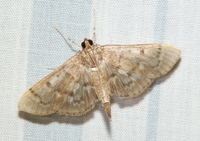
| Recorded by: David George, Stephen Dunn, Jeff Niznik on 2023-07-31
Swain Co.
Comment: | 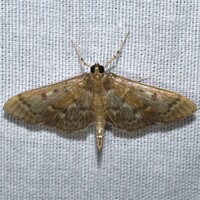
| Recorded by: David George, Stephen Dunn, Jeff Niznik, Rich Teper, Becky Watkins on 2023-07-30
Swain Co.
Comment: |
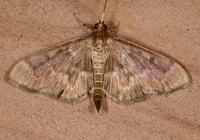
| Recorded by: Jim Petranka and Becky Elkin on 2023-07-27
Buncombe Co.
Comment: | 
| Recorded by: Jim Petranka on 2023-07-26
Madison Co.
Comment: |
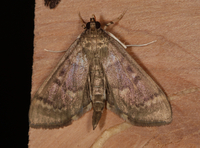
| Recorded by: Jim Petranka and Becky Elkin on 2023-06-24
Buncombe Co.
Comment: | 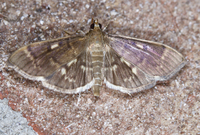
| Recorded by: Jim Petranka on 2022-07-17
Madison Co.
Comment: |

| Recorded by: Jim Petranka on 2022-07-15
Madison Co.
Comment: | 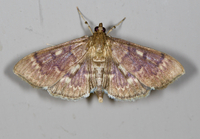
| Recorded by: Jim Petranka on 2022-07-14
Madison Co.
Comment: |
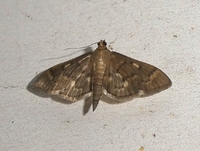
| Recorded by: Simpson Eason on 2022-05-21
Durham Co.
Comment: | 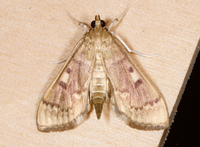
| Recorded by: Jim Petranka on 2021-07-06
Madison Co.
Comment: |
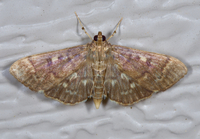
| Recorded by: Jim Petranka on 2021-07-02
Madison Co.
Comment: | 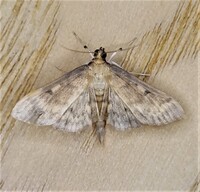
| Recorded by: Gary Maness on 2021-05-19
Guilford Co.
Comment: |

| Recorded by: Jim Petranka and Becky Elkin on 2020-09-15
Madison Co.
Comment: | 
| Recorded by: Jim Petranka on 2020-09-07
Madison Co.
Comment: |
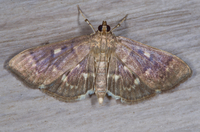
| Recorded by: Jim Petranka and Becky Elkin on 2020-07-29
Madison Co.
Comment: | 
| Recorded by: Jim Petranka and Becky Elkin on 2019-09-21
Madison Co.
Comment: |
|

 »
»